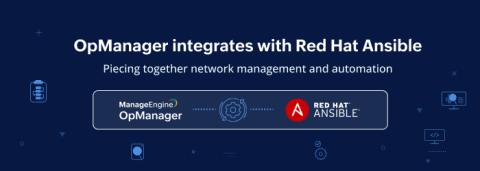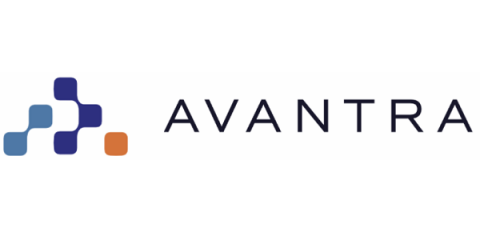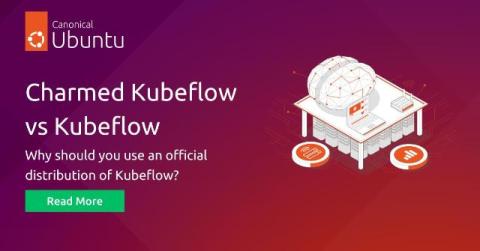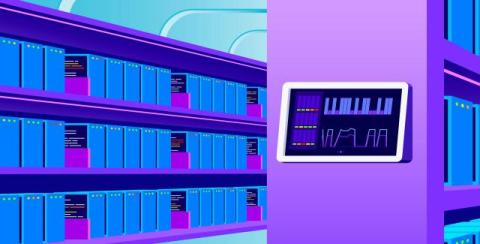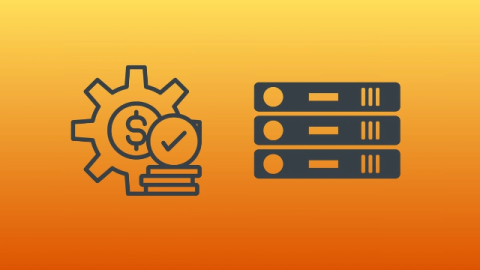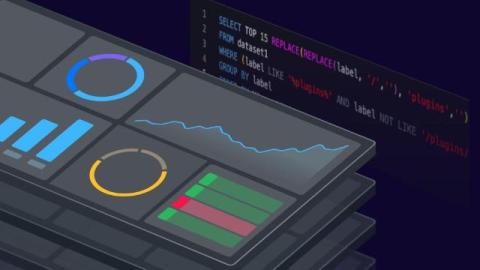Streamline your IT operations: Harness the power of Ansible Automation Platform with OpManager
ManageEngine OpManager now integrates with Ansible, an open-source automation tool, enhancing its network monitoring capabilities with Ansible’s powerful automation features. This integration enables IT teams to automate routine tasks such as incident response and configuration management, reducing the need for manual intervention and providing a more efficient, streamlined approach to maintaining network reliability and improving overall operational performance.


